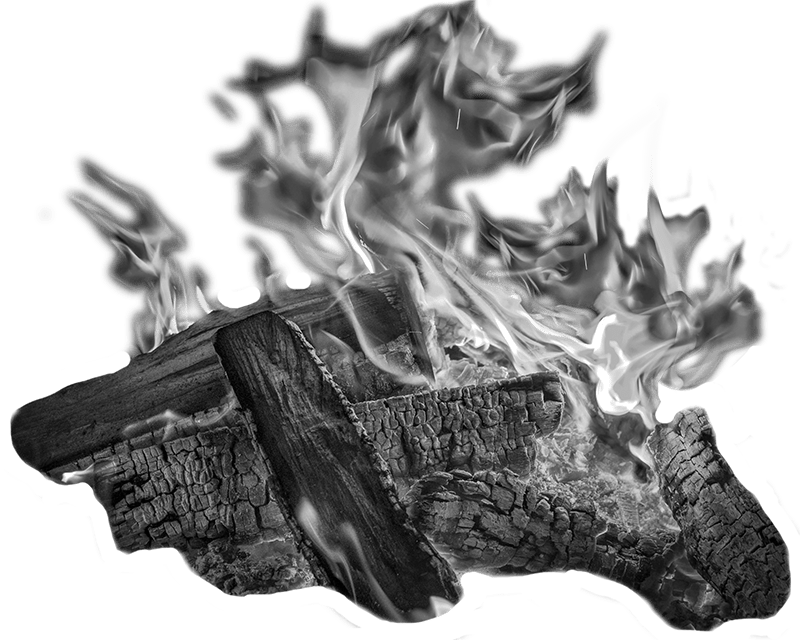
Large rooms demand heating solutions that can push warmth across 400 square feet or more without creating cold pockets or running up astronomical energy bills. Standard portable heaters simply lack the BTU output and air circulation capabilities to maintain comfortable temperatures in expansive living areas, leaving you layering blankets while your heater works overtime. The ... Read more
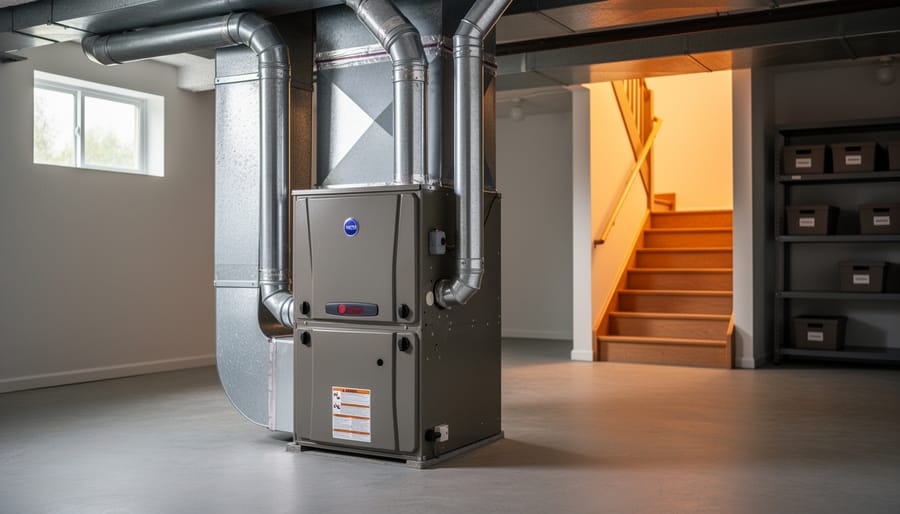
Picture warm air rising naturally from your basement or crawlspace, traveling upward through your home like invisible currents of comfort. That’s exactly how an upflow air handler works—drawing cool air from below, heating it through your HVAC system, and pushing it upward through ductwork to warm every room from the ground up. For homeowners who ... Read more
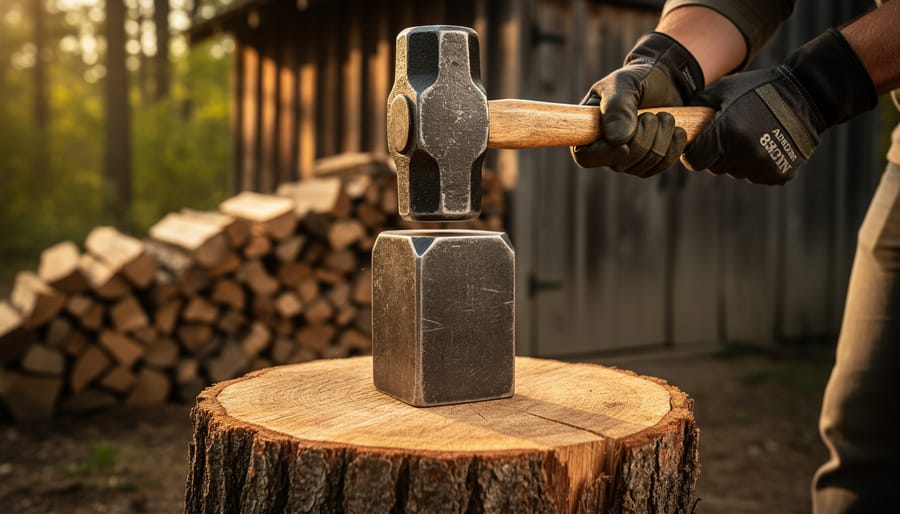
Split firewood four times faster by driving a grenade wedge into logs with a sledgehammer, letting its multi-directional blade design fracture wood along natural grain lines without the repeated swings traditional methods demand. This cone-shaped splitting tool, named for its resemblance to a military grenade, transforms wood preparation from an exhausting afternoon ordeal into a ... Read more

Choose flooring materials that expand and contract minimally with seasonal temperature swings, particularly around your fireplace where heat exposure intensifies daily. Hardwood, engineered wood, luxury vinyl plank, and ceramic tile each respond differently to the dramatic temperature variations between summer humidity and winter heating cycles—understanding these behaviors prevents costly warping, cracking, or gaps that compromise ... Read more
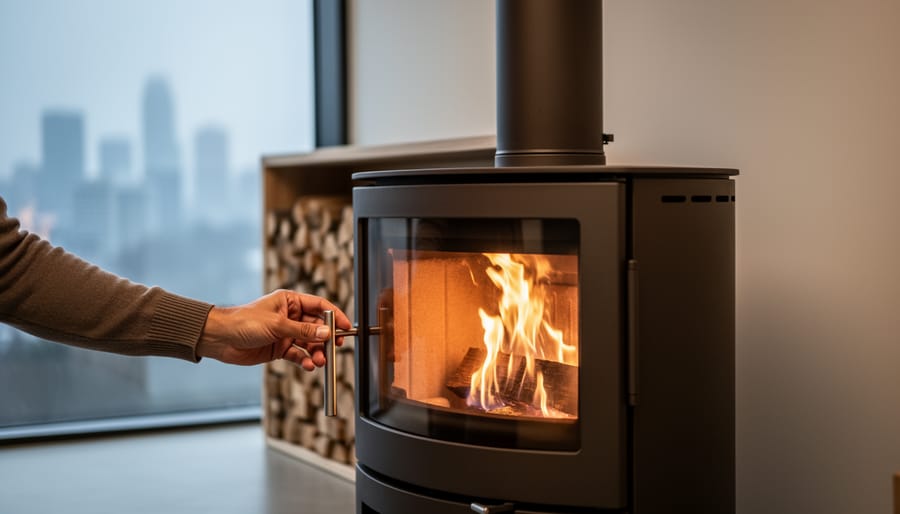
Check your local air quality district website before purchasing or installing a wood-burning fireplace, as many metropolitan areas now restrict or ban new installations entirely. Counties across California, Washington, Oregon, and Colorado have particularly strict rules, with some requiring EPA-certified models only or prohibiting wood burning altogether on poor air quality days. Verify whether your ... Read more
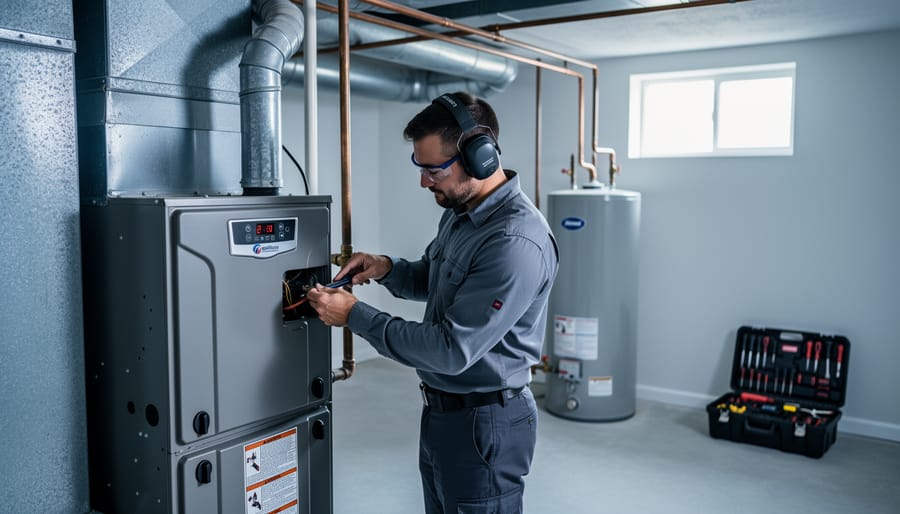
Expect to invest between $4,500 and $9,000 for a complete oil to gas furnace conversion, though your final cost depends heavily on factors like existing gas line access, furnace size, and local labor rates. This significant investment includes removing your old oil system, installing new gas equipment, running gas lines if needed, and proper disposal ... Read more
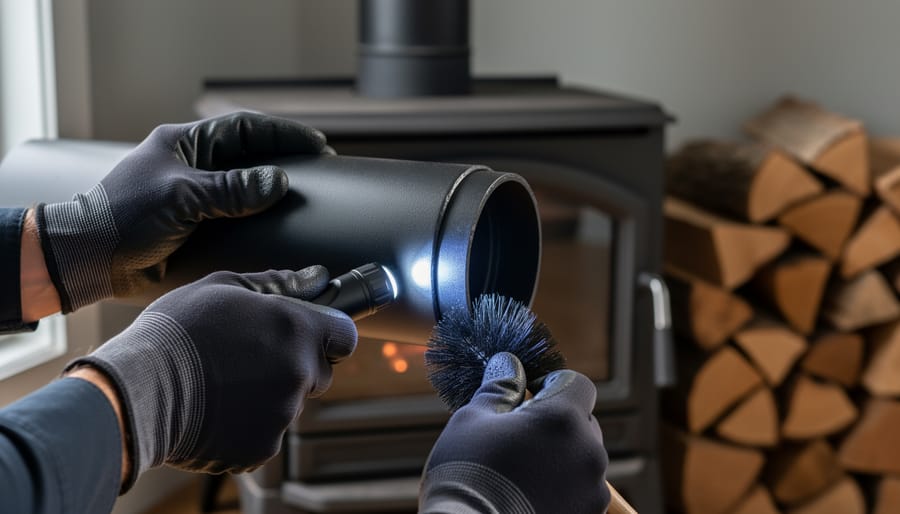
Inspect your 7-inch wood stove pipe monthly during heating season, checking for creosote buildup that appears as flaky brown residue or glossy black tar—both indicate it’s time for cleaning before dangerous accumulation occurs. Clean the system at least twice annually using a properly sized 7-inch chimney brush, working from the top down in a twisting ... Read more
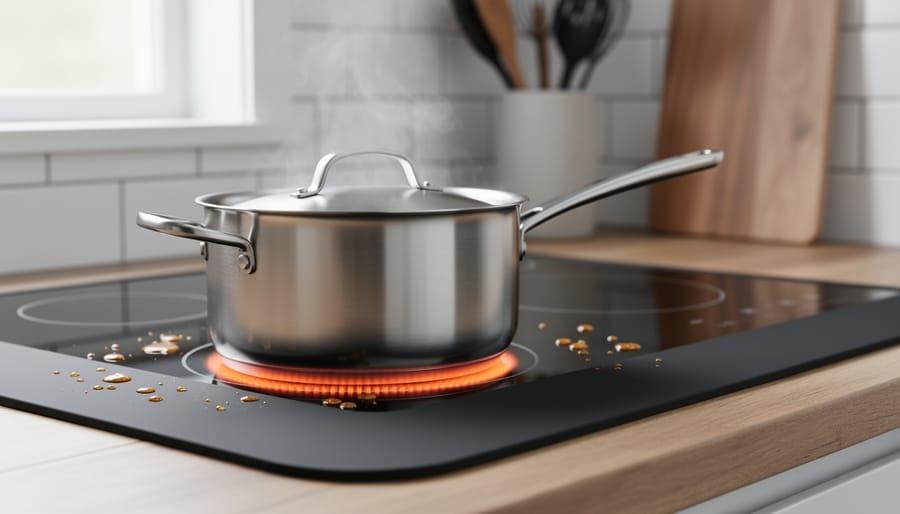
Electric stove mats transform your cooking experience by protecting your stovetop from spills, stains, and scratches while making cleanup remarkably simple. These heat-resistant barriers sit directly on your burners, catching drips and splatters before they bake onto your stove’s surface—a game-changer for anyone who’s spent hours scrubbing burnt-on food residue. Think of stove mats as ... Read more
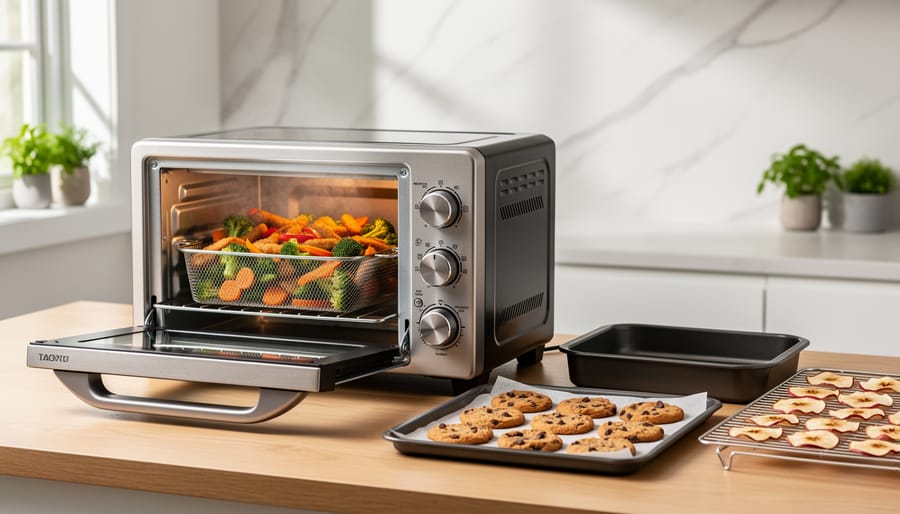
A 5-in-1 oven combines the functions of a convection oven, air fryer, toaster oven, broiler, and dehydrator into a single countertop appliance, offering versatile cooking solutions without consuming the energy of heating your full-sized kitchen oven. This compact powerhouse addresses a growing need among homeowners who want to prepare diverse meals efficiently while reducing their ... Read more
